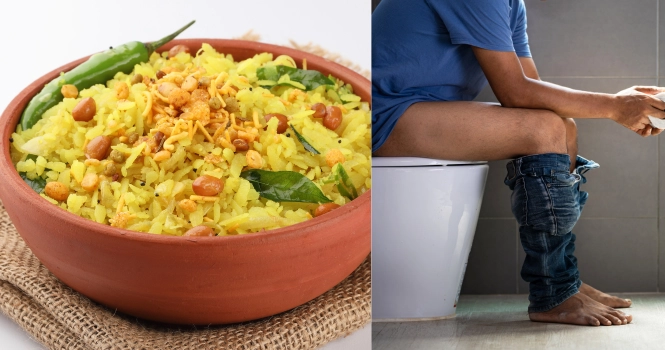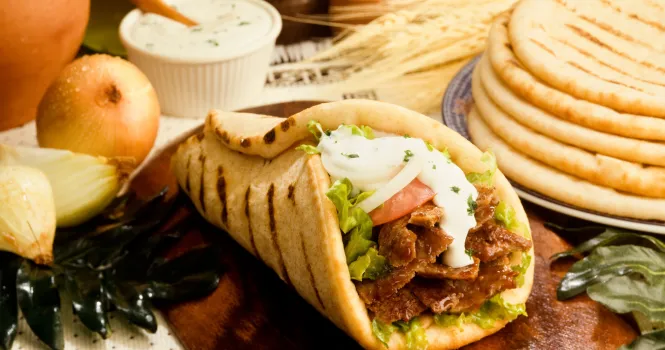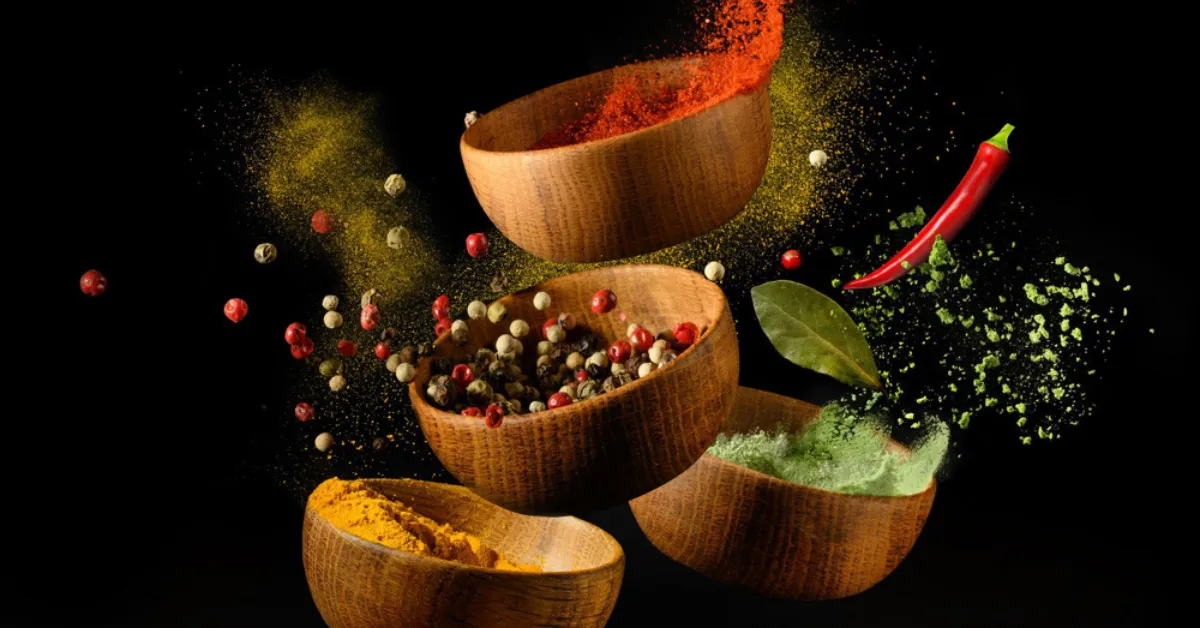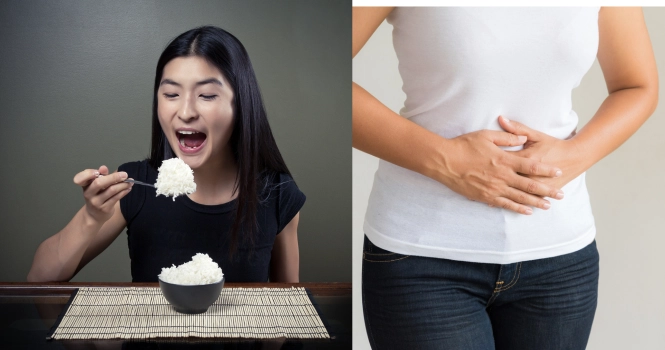Eating Poha During Loose Motions: A Good Idea?

Loose motions or diarrhea can be an uncomfortable and often distressing condition, prompting concerns about diet and nutrition. One common question that arises during such times is whether it’s safe to consume poha, a popular Indian dish made from flattened rice, when experiencing loose motions.
Let’s address this concern;
Poha, also known as flattened or beaten rice, is a light and easily digestible meal that is a staple in many Indian households. Known for its versatility, poha can be prepared in a savory or sweet manner, often seasoned with turmeric, mustard seeds, and garnished with fresh herbs.
Is Poha Safe During Loose Motions?
The short answer is Yes, poha can be a suitable food option during loose motions, primarily due to its light and easily digestible nature. Here’s why poha can be considered during such times:
1. Easy Digestibility: Poha is made from rice that is flattened and dried, making it easier to digest compared to whole grain rice. Its soft texture is gentle on the stomach, reducing the risk of aggravating digestive issues.
2. Low Fiber Content: High-fiber foods can sometimes exacerbate diarrhea, as fiber speeds up the passage of food through the digestive tract. Poha, being relatively low in fiber, may be less likely to aggravate loose motions.
3. Mild Flavoring: When prepared in a simple, mild manner without strong spices or oil, poha can provide sustenance without irritating the stomach or intestines.
👉 Check out these 12 effective home remedies for loose motions to feel better faster.
Preparing Poha for Loose Motions
When dealing with loose motions, it’s advisable to keep the poha preparation simple and light. Here’s a basic simple recipe:
Ingredients:
- 1 cup poha (flattened rice)
- A pinch of salt
- 1/2 teaspoon turmeric powder (optional for its anti-inflammatory properties)
- 1 teaspoon oil (preferably a mild one like coconut or canola)
- 2 cups of water (for rinsing and soaking poha)
Instructions:
- Rinse the poha gently in a strainer under running water until it softens. Soak it in clean water for about 2-3 minutes, then drain completely.
- In a pan, heat a teaspoon of oil. Add turmeric powder for its antibacterial and anti-inflammatory benefits, although this is optional.
- Add the softened poha and a pinch of salt to the pan. Stir gently, ensuring the poha is heated through but not fried or overcooked.
- Serve warm, keeping the portion size moderate to avoid overburdening the digestive system.
During episodes of loose motions, it’s crucial to stay hydrated and consume easily digestible foods.
Poha, when prepared in a simple and mild manner, can be a safe and comforting meal option.
However, it’s essential to consult your doctor if symptoms persist or worsen and more so in children as the condition may deteriorate very fast. Each individual’s condition and tolerance levels can vary, so it’s important to make dietary choices that suit your specific needs during recovery.
Remember, the key to consuming poha during loose motions is to keep it plain and simple, avoiding the addition of heavy spices, nuts, or fried elements that could potentially irritate the digestive tract.












